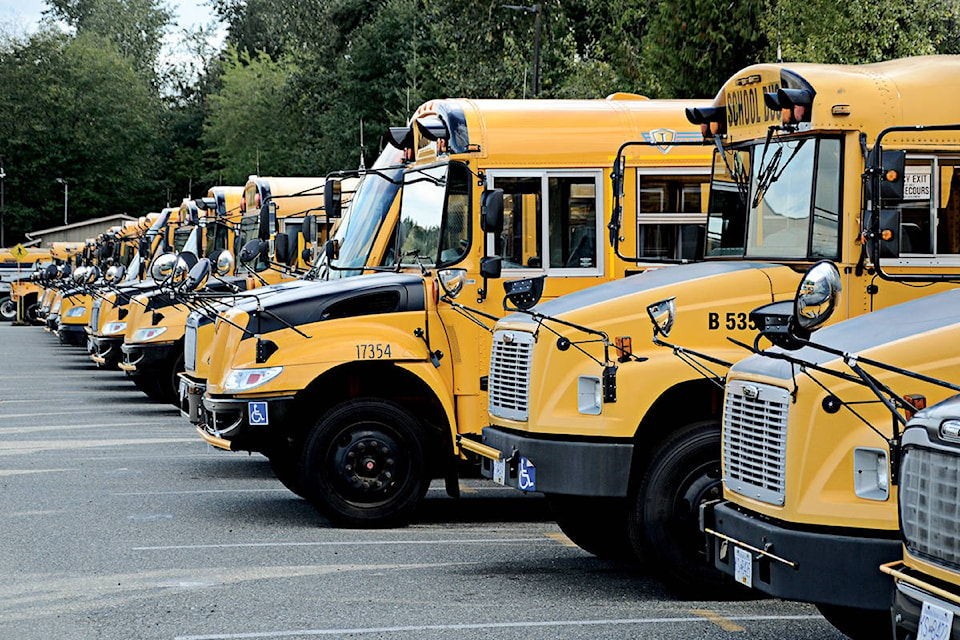The B.C. back to school plan is incomplete and needs to be revised, and quickly.
Over the last couple of weeks, we’ve seen parents divided about the plan. A majority – but not a large one – seems to want to see their kids back in school full time, and is comfortable with the “learning groups” plans and the safety precautions.
But a large minority isn’t happy with it. The reasons are understandable.
After being told “fewer faces, bigger spaces” by Chief Medical Health Officer Dr. Bonnie Henry for months, kids are now going to be grouped together in cohorts of 60 for elementary school and 120 for secondary school.
Which means that a two-child family will now suddenly be in a “bubble” with between 120 and 240 others, unless they’re lucky enough to have both kids in the same group.
Bigger spaces is also unlikely. Desks can move apart only so far. With B.C.’s typical fall weather, outdoor schooling will be a viable option for about three or four weeks, at best, before the rain drives everyone inside.
When the plan was first unveiled, it was possible to argue that transmission of the COVID-19 virus was so low in B.C. that we could deal with any problems that cropped up, including the possibility of an outbreak here or there.
That is no longer the case. We’ve already seen the average number of cases rise back to about 80 a day, and the total number of people with COVID is back to the peak levels we saw in March and April.
We’ve been assured that kids with compromised immune systems can stay home and learn from there. But what about kids with an elderly relative at home? Or a parent with health problems? Is a family with four children, all in different cohorts, just a big infection risk?
Over the spring, districts and the province created ad hoc at-home learning programs. They were not perfect, but we gained valuable experience in how to run them. The June partial opening showed how a hybrid system could work.
It feels very strange that we’re throwing all that work away.
The B.C. government needs to offer more options to parents and students. To do that, it needs to support districts and teachers, and it needs to reassure parents.
Keeping each student “enrolled” at their school, whether they are in class physically, digitally, or part time in a hybrid model would be one simple step. Giving teachers the help they need to juggle two types of learning, both distance an in person, is the other major pillar of this approach.
We can return to school in September. But a one-size-fits-all garment is never comfortable.
–M.C.
